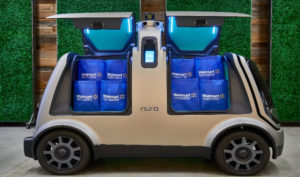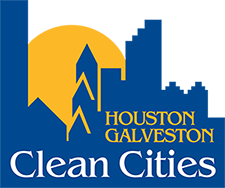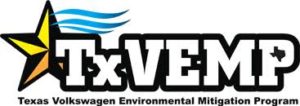The first self-driving vehicle designed without basic human controls such as steering wheels, pedals or side view mirrors has been granted permission to test on US roads.

Nuro, the company behind the design, makes autonomous delivery vans.
The vehicle is Nuro’s second generation of its vehicles, which it is calling R2 and will be tested in Houston, Texas.
This is the first exemption to a rule requiring vehicles to have controls for human operators.
Most of the rules for testing vehicles require features that allow a driver to safely take control of them.
But in a statement, the US transport secretary Elaine Chao said given that the vehicle’s top speed is capped at 25mph, these requirements “no longer make sense”.
The Department of Transportation (DoT) will also be enforcing greater oversight of the testing.
It will require Nuro to report information about the operation of the R2 and reach out to the communities where the vehicle will be tested.
In a blog post, Nuro’s co-founder Dave Ferguson said the decision was a “milestone for the industry”.

